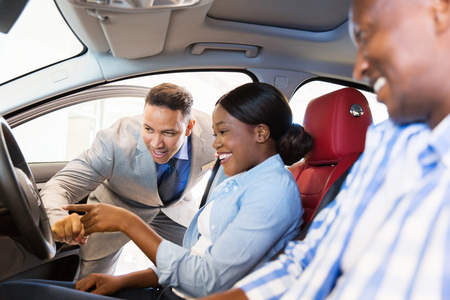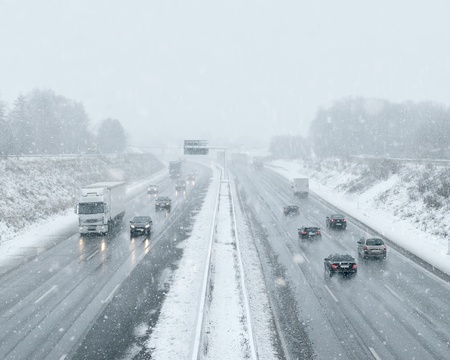When choosing which car you may want to purchase, be sure to consider the weather. Walking in the cold is not usually fun, and driving in it can be dangerous. If your region gets snow and/or ice during the winter (not to mention the wind and rain of this cold season) there are some features you may want to consider that will make driving safer not only for you but for others on the road as well.
Electronic Stability Control (“ESC”)
ESC uses sensors and a microcomputer to monitor your steering. It will apply brakes or modulate engine power to help you keep control of the car. They are very effective in reducing crashes.*
Antilock Brakes (“ABS”)
This feature has been around for a while so you may already know what it does and how important it is. Your ABS keeps your brakes from locking up which is needed on black ice or wet roads. Think of it like an umbrella. It is better have one and not need it than need one and not have one.
Adaptive Headlights
It is very hard to drive when you cannot see the road during winter. Adaptive headlights help to solve the problem. They have small motors that adjust the headlights, moving them to light up where you need them most like around curves, and helping in fog and rain.
Forward Collision Warning and Auto-Braking
Sometimes reaction time is everything — the sooner you react, the more chance you can involve a crash. This feature helps you have a faster reaction time. If its sensors detect something is getting to close to the car, it will auto-brake to aid in avoiding a collision. This may be very helpful especially for older people or when a person gets distracted.
LED tail lights
LED lights are not only brighter but they also last longer. With LED tail lights, you can be seen easier during heavy snow, rain or fog.
Snow chains
Snow chain are not actually a “feature” per se, but they should still be considered for a car in winter. They fit on your tires to make driving easier in the snow. They also help you maintain control of the car, and you may find it easier to drive up and down hills.
* See also “Life-saving benefits of ESC continue to accrue“




